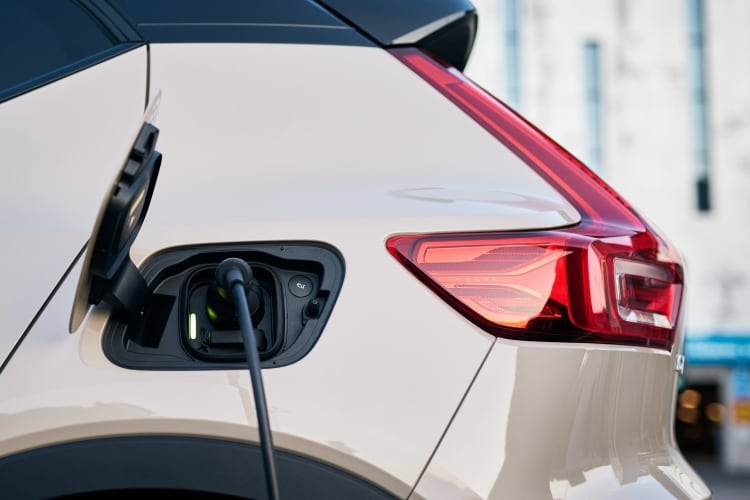
We’re continuing our Fall Car Care Month series of tips and guidance with a topic that’s becoming increasingly important in the automotive industry – electric vehicle maintenance.
Electric vehicles (EVs) are an appealing option for many drivers thanks to their low running costs, eco-friendliness, and advanced technology. As EVs continue gaining popularity, owners must understand how their maintenance needs differ from those of traditional gas-powered vehicles. While it’s true that EVs are often easier and more cost-effective to maintain, they still require a thoughtful approach to maintenance.
Despite the differences between EVs and gas vehicles, what remains constant is the importance of knowing what your vehicle needs and when. As your trusted destination for vehicle care and support, we are here to break down the differences that matter most.
What’s Different About EVs?
EVs don’t run on gasoline. Instead, they operate using an all-electric motor powered by a rechargeable battery pack. This design creates a much simpler powertrain with fewer moving parts than a gas engine. Because of this straightforward construction, many common maintenance tasks, such as oil changes, spark plug replacements, transmission repairs, and belt replacements, among others, are eliminated entirely.
With fewer parts to service, maintenance for EVs is often less frequent and less costly. However, this does not mean they’re maintenance-free. Regular care remains crucial, and EVs have unique needs that require specialized attention.
Now that we have the basics covered, let’s take a look at some of the core components of an EV and what it takes to keep them in top shape.
Battery
Let’s start with the heart and soul of EVs, the battery. Overall, EV batteries are designed to last for the lifetime of the vehicles they power with minimal intervention. That said, you should never neglect the battery, and there are plenty of ways to safeguard it. For instance, avoiding extreme temperatures and overcharging are simple habits that protect and prolong the life of a battery.
Professional service should also occur on a routine basis. These typically begin with a thorough visual inspection to ensure there are no cracks, dents, signs of corrosion, or fluid leaks, and that all cables, connections, and mounts are securely fastened. From there, a performance test will verify that voltage and current levels are correct and consistent, temperature is normal and evenly distributed, and the battery’s capacity and state of charge are at appropriate levels.
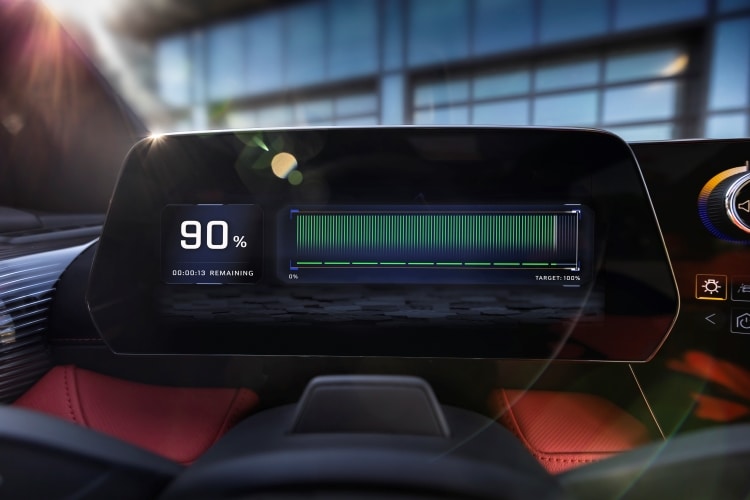
Regular inspections are vital for the long-term health and performance of any vehicle. Treat it like a checkup for your EV’s battery, where proactive monitoring ensures the entire system is functioning as it should and prevents the likelihood of more serious issues down the line.
Brakes
You may think the brake systems in EVs and gas-powered vehicles are the same, but that’s not the case. The brakes on an EV actually tend to outlast the brakes on gas vehicles thanks to regenerative braking. In simple terms, regenerative braking systems capture the kinetic energy produced when a car decelerates, convert it into electrical energy, and return it to the battery. This process enhances efficiency and decreases reliance on traditional friction brakes, leading to less wear and tear over time.
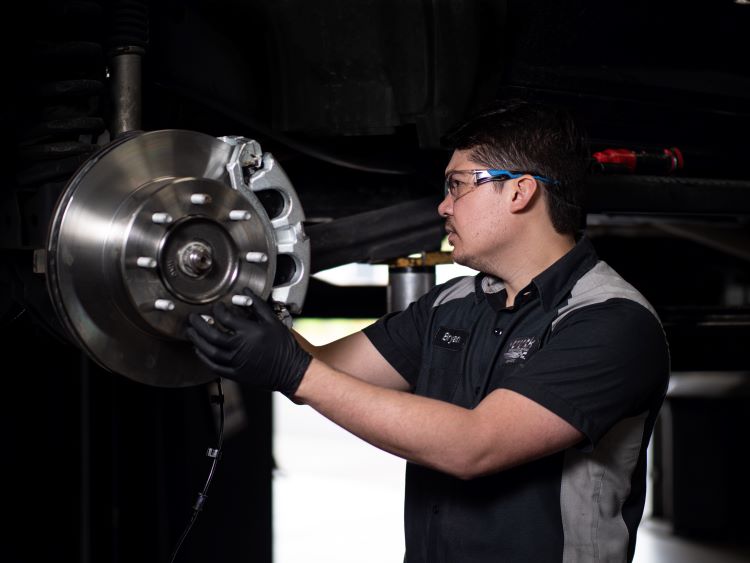
Although regenerative braking reduces overall wear on brake pads and rotors, it presents a different challenge. Since the system relies less on friction, moisture doesn’t evaporate as easily, increasing the risk of rust and corrosion. Even if your brake pads appear plenty thick, it’s still important to schedule periodic service visits. This allows for the removal of rust and other debris while checking the overall quality of your brakes. As always, keep an ear out for grinding, squeaking, and other unusual sounds that may signal an issue.
Ultimately, with regular attention and care, EV owners can expect fewer issues and less frequent brake replacements.
Tires
Unlike brakes, the tires on an EV tend to wear down faster than they do on gas vehicles. There are two main reasons for this. EVs are heavier due to their large battery packs, and their single-speed transmissions deliver instant torque. Combined, this places additional strain on tires.
For these reasons, it’s imperative to routinely monitor tread depth and stay on top of routine maintenance like tire rotations, which promote even wear across all four tires. During service visits, our technicians are trained to spot signs of uneven or excessive wear and can advise when rotations or replacements are necessary.
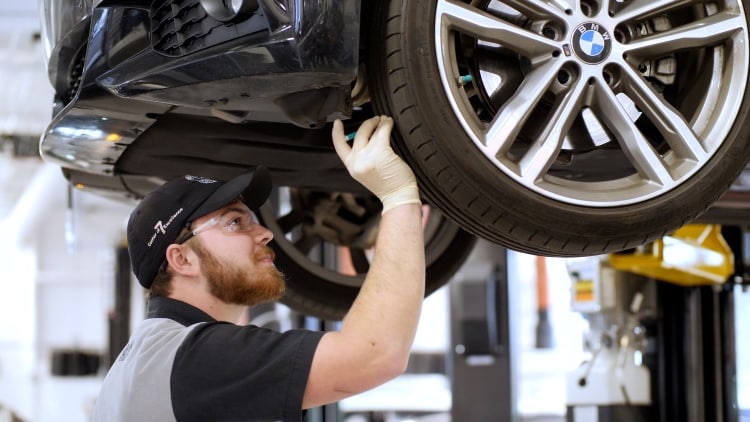
Drivers enjoy the instant acceleration that EVs provide. Just remember that this quick burst of power amplifies the stress that tires undergo, so they need extra attention to stay in top shape.
Fluids
We previously mentioned that EVs don’t require oil changes. That’s true, but there are still several fluids EVs rely on for safe operation.
Fluids EVs DON’T Need
- Engine Oil: No internal combustion engine = no need for oil changes.
- Power Steering Fluid: EVs use electric power steering systems that don’t require fluid.
Fluids EVs DO Need
- Coolant: Like gas vehicles, EVs require coolant, but it cools the battery instead of an engine.
- Transmission Fluid: EVs use less transmission fluid, but their single-speed transmissions still need it.
- Brake Fluid: In addition to regenerative braking, EVs utilize hydraulic brake systems that require fluid to function.
- Windshield Washer Fluid: Nothing different here. Remove dirt, bugs, and grime, and keep your windshield clean.
HVAC System
Heating, ventilation, and air conditioning (HVAC) systems, also known as climate control systems, manage the temperature and air quality inside a vehicle. While their primary function is the same for both EVs and gas vehicles, the difference lies in how they’re powered. Gas vehicles rely on their combustion engines, while EVs draw power directly from their batteries.
Service is quite similar for both vehicle types. Technicians inspect hoses and connectors for damage, replace cabin air filters, and ensure the system is adequately charged with the correct type of coolant.
It's particularly important that EV owners adhere to recommended service intervals for their HVAC system, as it draws power from the battery and can impact driving range. These systems also integrate with the larger cooling system to help regulate battery and motor temperature, making proper maintenance all the more essential.
Software Updates
Just like smartphones or computers, EVs require regular updates to operate at their best. Manufacturers use Wi-Fi or cellular networks to send over-the-air (OTA) updates directly to the vehicle.
There are two types of OTA updates:
- Software Over-the-Air (SOTA): Updates to non-hardware components and systems like infotainment, navigation, displays, and user interfaces.
- Firmware Over-the-Air (FOTA): Updates to hardware components such as the powertrain, battery, charging system, and driver-assist technology.
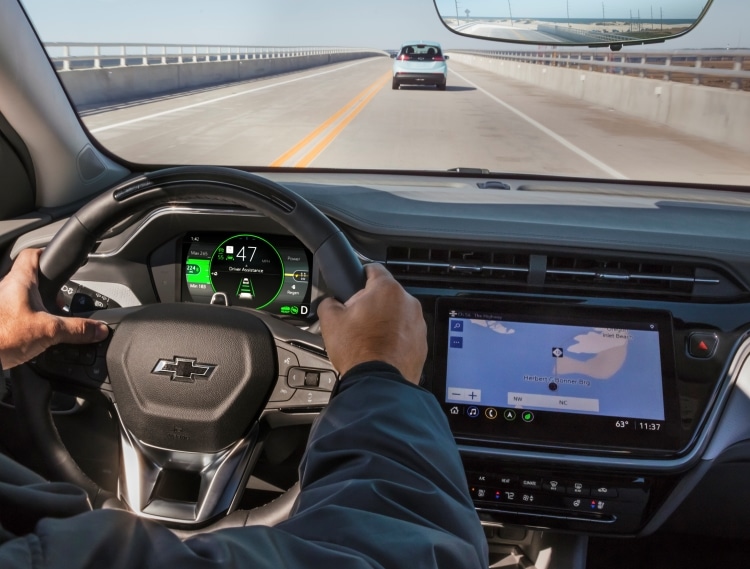
You may be surprised to learn that most modern vehicles, regardless of fuel type, receive some form of OTA updates. For EVs, these updates are especially critical as they enhance performance, safety, range, and the overall driving experience. To get the most out of your EV, keep an eye out for update notifications, don’t delay, and install them promptly.
When to Service Your EV
Service intervals for EVs are generally less frequent than for gas-powered vehicles. Gas vehicles typically call for professional attention every 6,000-8,000 miles, while most EVs can go 10,000-15,000 miles between service visits. A good rule of thumb is to perform maintenance once you reach target mileage or once a year, whichever comes first.
That said, intervals vary depending on the vehicle’s make and model, so ensure you’re familiar with your owner’s manual and follow the manufacturer's recommendations.
As always, pay attention to vehicle feedback. If you ever notice unusual noises, warnings, or drops in performance or driving range, schedule professional service as soon as possible.
Supporting Your Electric Journey
EVs continue to attract a new wave of drivers, and it’s easy to see why. They’re fun to drive, eco-friendly, and, as we covered, extremely advantageous when it comes to maintenance. Nevertheless, EVs have unique service and care requirements, and staying on top of them is crucial to a smooth experience.
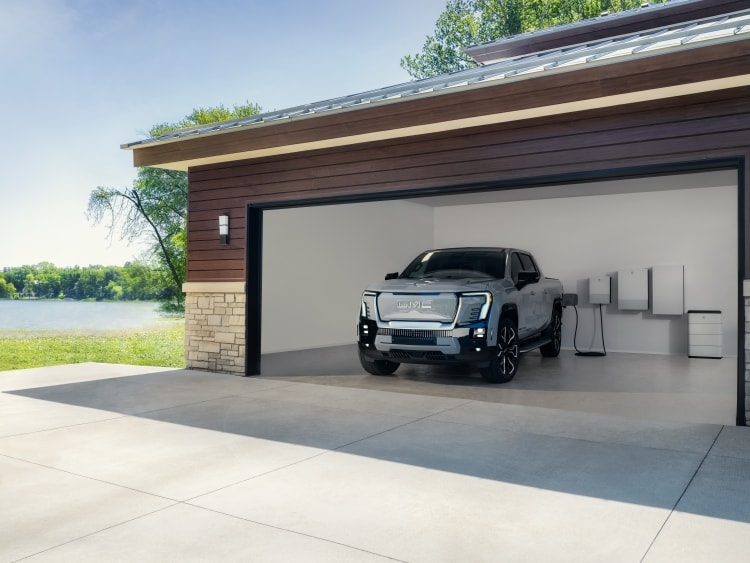
Turn to your local Hendrick Service Center for reliable EV service and expertise. Equipped with the latest EV training and technology, our service centers deliver personalized care and recommendations to keep your EV performing at its best.
Are you interested in making the electric switch? At HendrickCars.com, our nationwide inventory features over 4,000 new all-electric and hybrid cars, trucks, and SUVs from a variety of popular manufacturers!
For more information and all things EV, visit our Electric Vehicle Research page.
 AdChoices
AdChoices